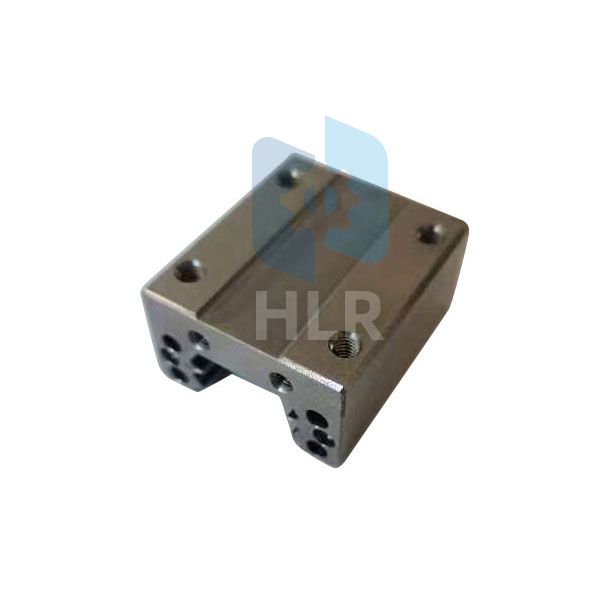
1. Hot forging: refers to the processing of the blank above the recrystallization temperature of the metal.
Features: 1) Reduce the deformation resistance of the metal, thereby reducing the forging pressure required for the deformation of bad materials, which greatly reduces the tonnage of forging equipment;
2) Change the as-cast structure of the steel ingot, and after recrystallization in the hot forging process, the coarse as-cast structure becomes a new structure of fine grains, and reduces the defects of the as-cast structure, improving the mechanical properties of the steel;
3) Improve the plasticity of steel, which is especially important for some high-alloy steels that are brittle and difficult to forge at low temperatures. It is suitable for a class of metal materials with high deformation resistance and poor plasticity at room temperature.
2. Warm forging: a forging process carried out at around the recrystallization temperature.
Features: The purpose of using the warm forging process is to obtain precision forgings. The advantage of warm forging is that it can improve the precision and quality of forgings, and at the same time, it does not have as much forming force as cold forging.
It is suitable for small and medium carbon steel precision die forgings with complex shapes.
3. Cold forging: refers to the processing of the blank at the recrystallization temperature of the metal.
Features: Cold forging has good surface quality and high dimensional accuracy, and can replace some cutting processes.
Cold forging can strengthen the metal and increase the strength of the part.
Suitable for aluminum and some alloys, copper and some alloys, low carbon steel, medium carbon steel and low alloy structural steel with low deformation resistance and good plasticity at room temperature
The above are the characteristics of cold forging, warm forging and hot forging
